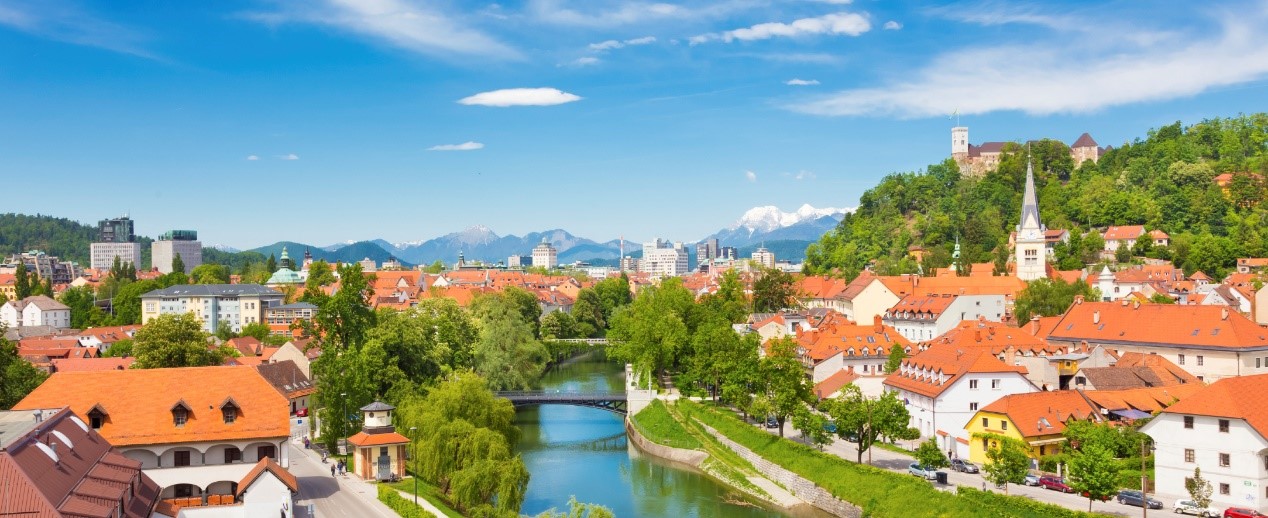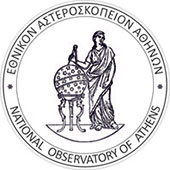
280,000 inhabitants
|
surface area: 164 km2
|
Capital & largest city of Slovenia.
Climate: warm summers and moderately cold winters
Which pressures?
 Air Quality and Air Quality and  Health Health  Disasters Disasters
|
Why?
Environmental pressures targeted by SMURBS
 Health: Previous studies have demonstrated associations between air pollution and health outcomes. However, they also indicated insufficiencies of available data in studies linking health and environmental data. Health: Previous studies have demonstrated associations between air pollution and health outcomes. However, they also indicated insufficiencies of available data in studies linking health and environmental data.
 Disasters: Domino effects and issues related to the accommodation of a large number of people in case of disaster events are recognized in Ljubljana. The problem centers on how to estimate the number of people at risk in these areas since there is a high variability of occupants, at least for business/commercial centers. A known threat for Ljubljana is an accidental gas release of the industrial units on the outskirts of the city. The preparedness for emergency response (assessment, protection, rescue measures)to potentially severe accidents involving hazardous materials is currently missing. Disasters: Domino effects and issues related to the accommodation of a large number of people in case of disaster events are recognized in Ljubljana. The problem centers on how to estimate the number of people at risk in these areas since there is a high variability of occupants, at least for business/commercial centers. A known threat for Ljubljana is an accidental gas release of the industrial units on the outskirts of the city. The preparedness for emergency response (assessment, protection, rescue measures)to potentially severe accidents involving hazardous materials is currently missing.
|
How?
The implementation of smart urban solutions
 Health: The WHO AirQ+ tool for health risk assessment of air pollution has been applied in Ljubljana. This solution is being implemented under the auspices of Masaryk University (MU) to (i) test how much of a particular health effect is attributable to selected air pollutants, and (ii) compared to the current scenario, what would be the change in health effects if air pollution levels changed in the future. Health data (baseline rates of health outcomes) for the area of Ljubljana are provided by National Institute of Public Health (NIPH), population data were assessed with the collaboration with the Statistical Office of Slovenia and the Municipality of Ljubljana, while the required Air Quality information is from multiple sources: the Municipality of Ljubljana (MOL), the Slovenian Environmental Agency (SEA) and the European Environment Agency (EEA). Health: The WHO AirQ+ tool for health risk assessment of air pollution has been applied in Ljubljana. This solution is being implemented under the auspices of Masaryk University (MU) to (i) test how much of a particular health effect is attributable to selected air pollutants, and (ii) compared to the current scenario, what would be the change in health effects if air pollution levels changed in the future. Health data (baseline rates of health outcomes) for the area of Ljubljana are provided by National Institute of Public Health (NIPH), population data were assessed with the collaboration with the Statistical Office of Slovenia and the Municipality of Ljubljana, while the required Air Quality information is from multiple sources: the Municipality of Ljubljana (MOL), the Slovenian Environmental Agency (SEA) and the European Environment Agency (EEA).
 Disasters: The development of an operational service to simulate an IndustriaL Accident Dispersion (ILiAD) towards Ljubljana is based on the hypothetical scenario of accidental gas release due to LPG facilities located in the north part of the city. The applicability of the ILiAD model has been tested and implemented under the auspices of NOA. ILiAD is activated on an hourly basis to simulate gas and particle releases in the potentially affected areas in case of such LPG release and provide a decision-making tool for the facility operators of emergency response teams. Disasters: The development of an operational service to simulate an IndustriaL Accident Dispersion (ILiAD) towards Ljubljana is based on the hypothetical scenario of accidental gas release due to LPG facilities located in the north part of the city. The applicability of the ILiAD model has been tested and implemented under the auspices of NOA. ILiAD is activated on an hourly basis to simulate gas and particle releases in the potentially affected areas in case of such LPG release and provide a decision-making tool for the facility operators of emergency response teams.
|





